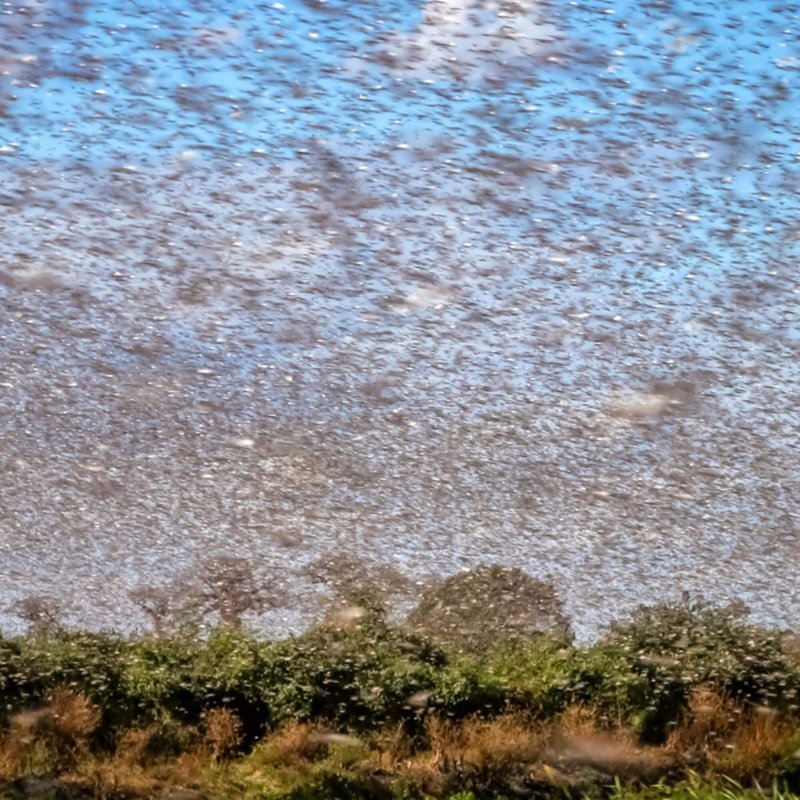[T]he United States’ agricultural landscape is 48 times more toxic to insects than it was 25 years ago. Per a new study published in the journal PLoS One, a single culprit—a class of pesticides known as neonicotinoids, or neonics—accounts for a staggering 92 percent of this fatal uptick, which arrives at a point when steep bug population declines have led some experts to warn of an impending “insect apocalypse.”
…
Kendra Klein, study co-author and senior staff scientist at Friends of the Earth U.S., says the team did not directly gauge what pesticides bees and other insects are exposed to.
…
The most extreme predictions surrounding insects’ decline tend to be highly exaggerated: A study published earlier this year, for example, posited that 41 percent of insect species are declining and global numbers are dropping by 2.5 percent annually. But as Michelle Trautwein of the California Academy of Sciences tells the Atlantic’s Ed Yong, the researchers behind the findings are “trying to quantify things that we really can’t quantify at this point.”
Read full, original article: Toxic Pesticides Are Driving Insect ‘Apocalypse’ in the U.S., Study Warns































